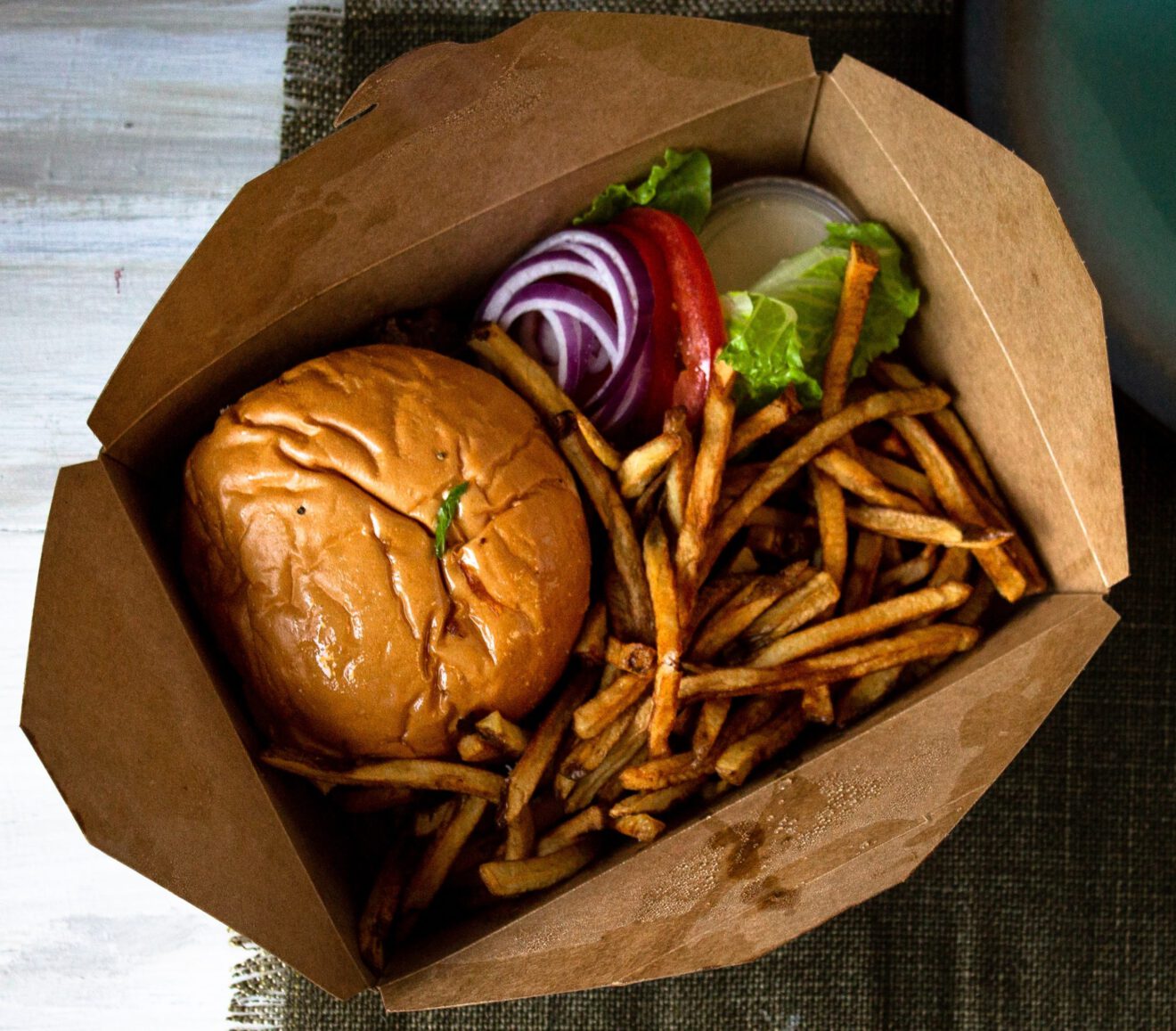The onset of the pandemic meant new regulations, restrictions and realities for restaurateurs of all types. One of the biggest shifts? The growth of so-called ghost kitchens and virtual brands.
The rise of these restaurants — either a delivery-only operation making food out of a central kitchen or a separate brand with food being prepared out of an existing restaurant — is booming. While restaurants and delivery platforms have both seen the potential in these low-overhead, delivery-only operations, many consumers are still unaware of the concept and still more are confused about how it all works.
Often seen as the next step in the food delivery trend, ghost kitchens, or cloud or dark kitchens as they’re sometimes referred to, are set up with the sole purpose of preparing food for delivery or pickup, Emily Crowe wrote in a previous SmartBrief article on how ghost kitchens are changing the restaurant industry.
“There are no storefronts and no dining areas; if there’s space to wait for food, it’s usually reserved for the Uber Eats or DoorDash folks driving your meal around,” writes Jennifer Marston. “The idea is that companies who want to grow their user base or meet the demand for delivery don’t have to open more restaurants to do so; they just need to find more kitchen space.”
More than two-thirds of consumers were unaware of ghost kitchens or virtual brands in a survey by Datassential earlier this year. Still more said they either hadn’t ordered from one (53%) or were unsure if they had (29%).
But as more would-be diners become more familiar with the concept, they appear more willing to try it in any form it comes. Fifty-seven percent of consumers surveyed said they would try a virtual pop-up or limited-time restaurant, and the same percentage said they would give a virtual restaurant a try even if it were operated by a restaurant they don’t like.
Although the “ghost” term saw a sharp spike in 2020; the origins of virtual kitchens can be traced back several years earlier, when restaurants and delivery platforms began seeing the potential in the low-overhead, delivery-only operations. There are more than 8,029 ghost restaurant locations in the US as of Sept. 1, according to Datassential’s Firefly database, and 448 chains with two or more locations.
In order to grow in the years beyond the pandemic, restaurateurs have to be transparent about where and what they are.
More than half of consumers (55%) think it’s dishonest for a restaurant to sell the same food under a different restaurant name. And two-thirds of consumers think that virtual brands should share their ghost restaurant locations and state that they are digital-only.
The more transparency that a brand provides, the more a consumer tends to trust and value that brand. And the more they trust it, the more consumers feel they should support it: Three-fourths of consumers say they would support a local restaurant that “goes ghost” to stay in business.
It may not be clear for years to come whether ghost kitchens are the future of foodservice or just a way in which brands of all types experimented to survive an unprecedented era. And it’s clear that if these concepts are to survive, there will be a bit of an uphill battle to climb to win over consumers: Almost 60% of consumers believe that ghost restaurants and virtual brands are a fad that will not continue beyond the pandemic.
Still, operators can build trust — and therefore loyalty — by being honest and transparent with consumers. As consumers increasingly choose delivery and have more positive experiences with ghost kitchens, there is potential for these virtual brands to become a permanent part of the restaurant landscape. At the end of the day, consumers value taste, quality and experience. While it may be more difficult, it’s possible to achieve all three of those tenets from a virtual brand delivering straight to a diner’s door.
Related stories:
- How the pandemic is reshaping restaurant real estate
- Restaurants embrace plant-based meat alternatives tailored to their brands
- Looking at the future of restaurant technology
Samantha Des Jardins is a writer for Datassential, a food industry market research and insights firm.
________________________________________________
If you liked this article, sign up for SmartBrief’s free email newsletter from the National Restaurant Association. It’s among SmartBrief’s more than 250 industry-focused newsletters.
